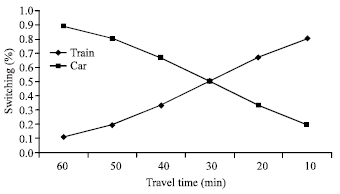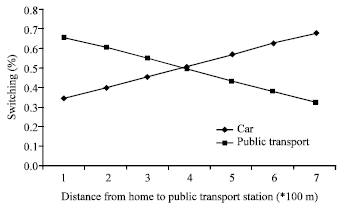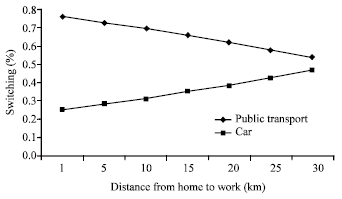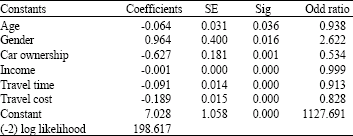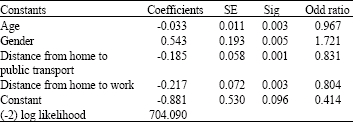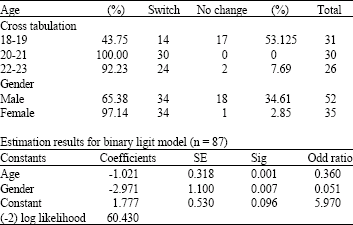Research Article
Effect of Transportation Policies on Modal Shift from Private Car to Public Transport in Malaysia
Department of Civil and Structural Engineering, Faculty of Engineering, University Kebangsaan Malaysia, 43600 UKM Bangi, Selangor Darul Ehsan, Malaysia
Riza Atiq O.K. Rahmat
Not Available
Amiruddin Ismail
Not Available









